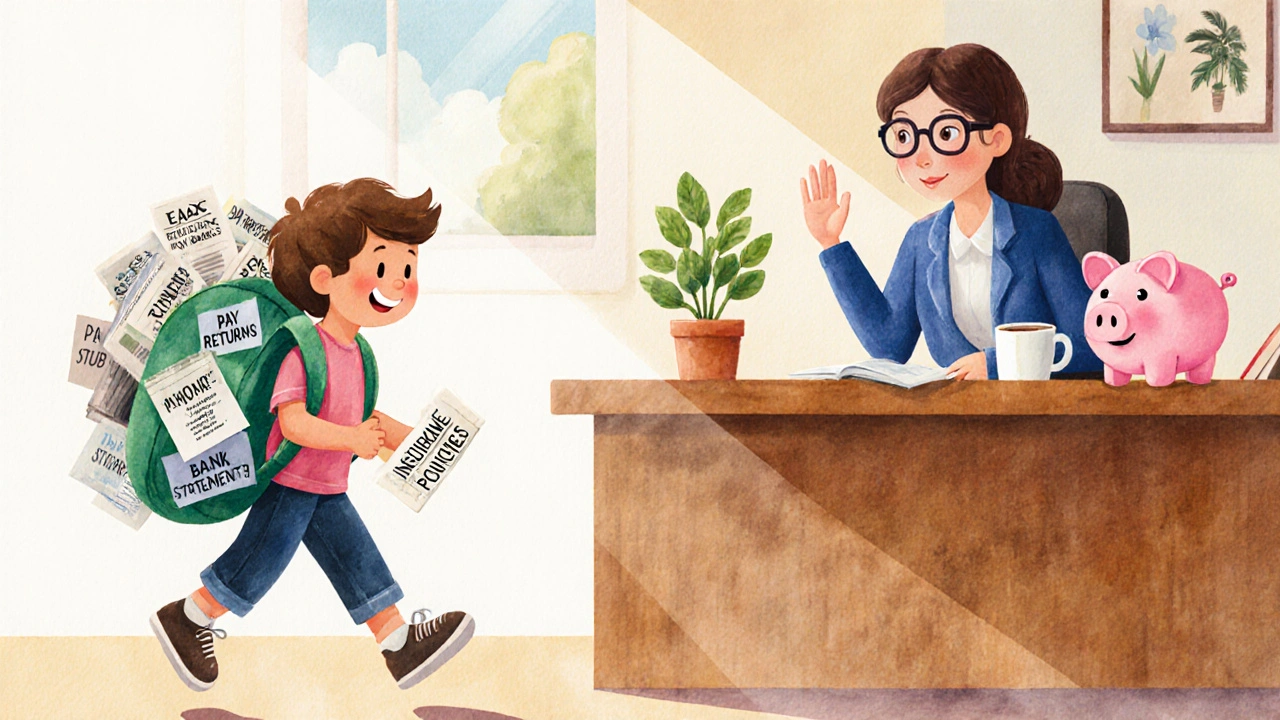Personal Finance: Simple Ways to Build Security and Grow Your Money
When you think about personal finance, how you manage your money day-to-day to meet goals like safety, growth, and freedom. Also known as individual finance, it’s not about fancy investments or complex math—it’s about making smart choices with what you have. Most people think it’s only for those with high incomes, but that’s not true. Personal finance is for anyone who earns, spends, or wants to feel less stressed about money. Whether you’re just starting out or have been managing cash for years, the basics don’t change: know where your money goes, protect yourself from surprises, and plan ahead.
One of the biggest mistakes people make is mixing up their emergency fund with regular savings. A emergency fund, a dedicated stash of cash for unexpected costs like car repairs or medical bills needs to be separate—easy to reach, untouched, and only used when life throws a curveball. Keeping it in the same account as your vacation fund or holiday spending makes it too easy to dip into. That’s why separating your emergency fund isn’t just smart—it’s essential for real financial security. And when you’re ready to take the next step, talking to a financial advisor, a professional who helps you create a plan based on your goals, income, and risk tolerance can make a big difference. But you won’t get far if you walk in empty-handed. Knowing what financial documents, papers like pay stubs, tax returns, insurance policies, and debt statements that advisors need to give you good advice to bring saves time and gets you better results.
These aren’t abstract ideas—they’re the daily tools that keep people from falling behind. The posts below show you exactly how to organize your emergency money so it’s there when you need it, and what checklist to follow before your first meeting with an advisor. No fluff. No jargon. Just what works.






